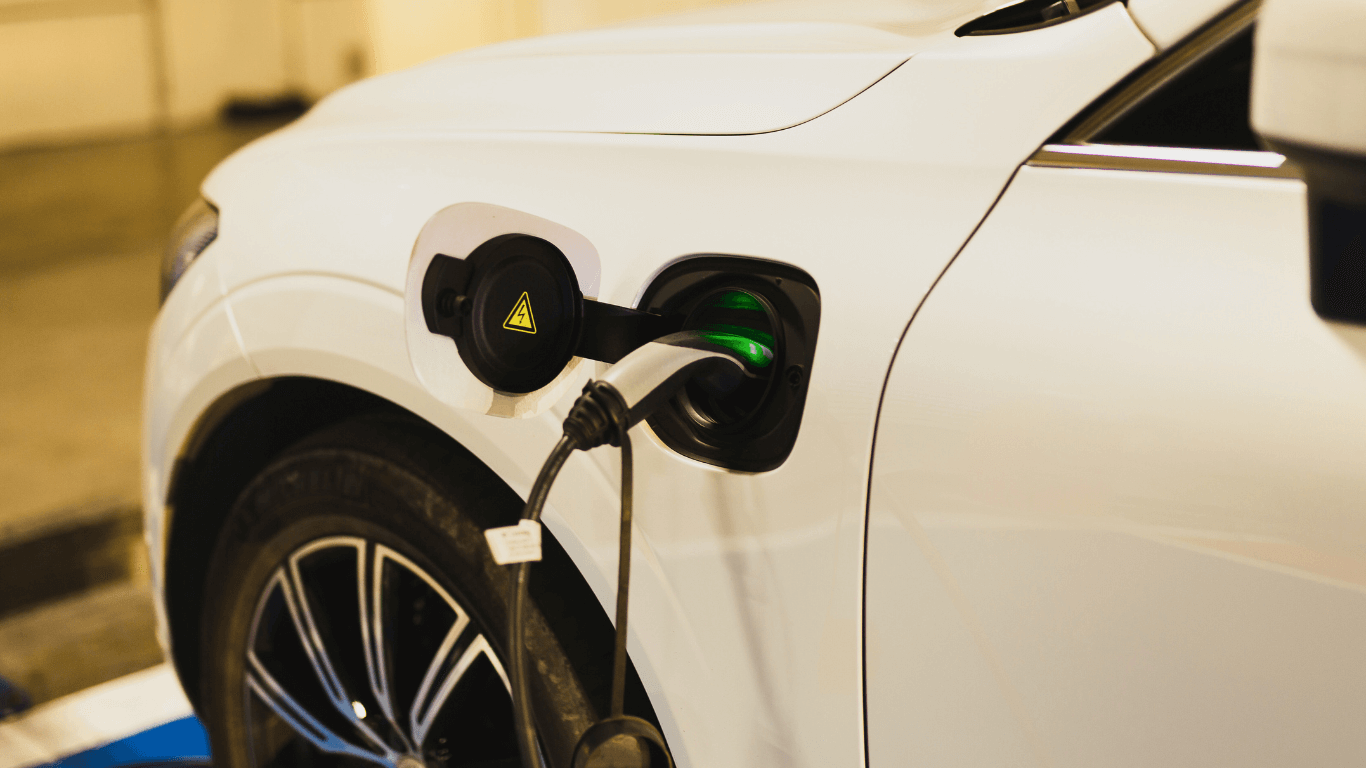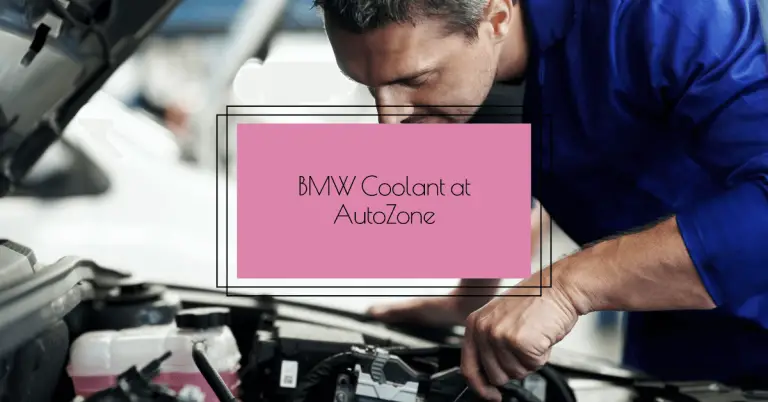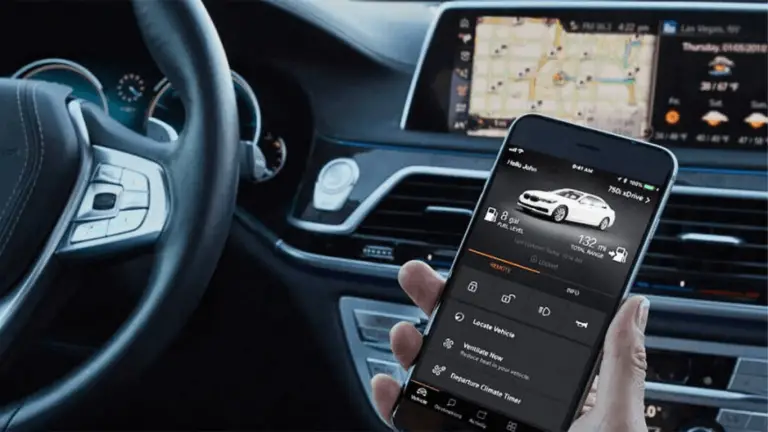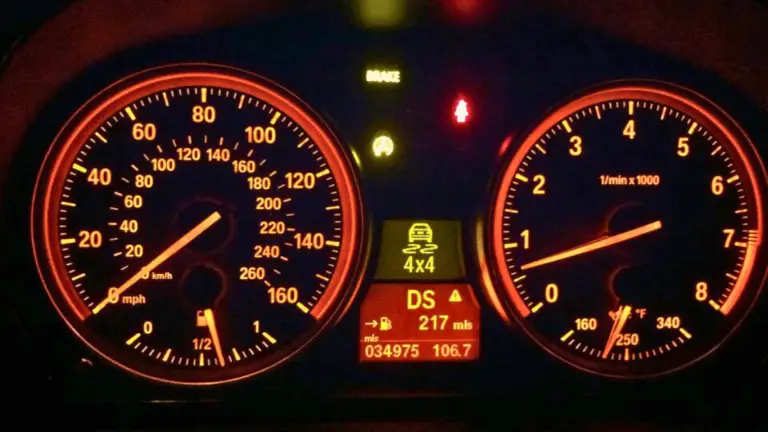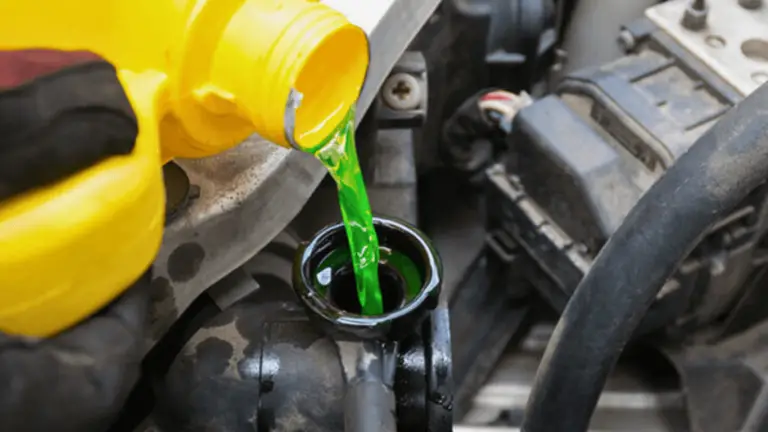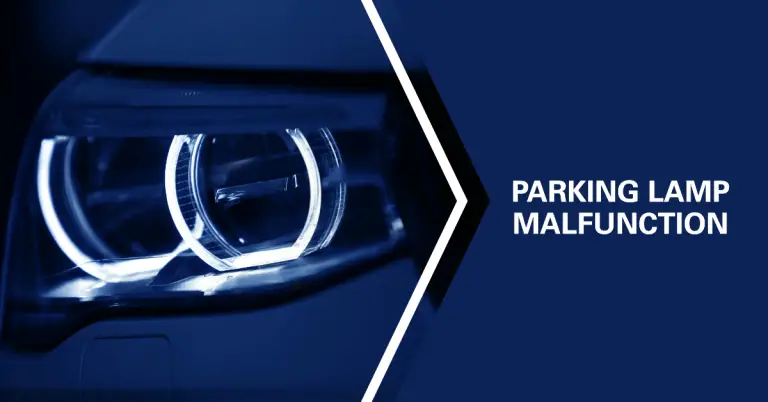BMW Increases Battery Discharge: What You Need to Know
Electric vehicles have exploded in popularity over the last few years. EV sales increased by over 80% in 2021 alone. Automakers like BMW have leaned into this demand, releasing new all-electric models like the i4, iX, and i7. However, BMW recently announced software updates to increase battery discharge rates in some of its EVs. Why is BMW doing this and what impacts will it have?
In short, BMW is increasing battery discharge rates in order to extend overall battery life and maintain range in cold weather conditions. This change will reduce maximum range, especially in winter. It may require more frequent charging for some owners. But new software updates, using seat heaters, and proper charging habits can help minimize impacts.
Below we’ll explore the details around BMW’s battery discharge changes including:
- Why BMW is increasing discharge rates
- Which BMW EV models are affected
- The potential impacts on driving range and charging
- Recommended actions for current BMW EV owners
- How this might influence future BMW buying decisions
- Exciting new battery tech on the horizon
Understanding the reasoning, implications, and solutions will empower BMW drivers to take control and ensure an excellent EV ownership experience. Let’s dive in!
Why is BMW Increasing Battery Discharge Rates?
In November 2022, BMW announced an update to battery management software that increases battery discharge rates in some of its EV models. This change allows the battery to run hotter in order to warm the cabin more quickly.
But why would BMW want to discharge their batteries faster? There are two key reasons:
Extend Overall Battery Life
Lithium-ion batteries degrade more quickly in colder temperatures. This battery chemistry can lose up to 30% of its capacity when operating below freezing temperatures of 32°F (0°C) according to research.
By discharging the battery at a faster rate, it will generate more heat. This heat warms the surrounding battery cells to more optimal operating temperatures.
Keeping the batteries warmer, even during cold winter months, extends their usable lifespan significantly.
Maintain Driving Range
In addition to battery life, discharge rates impact driving range. As outside temperatures drop, EV range takes a hit.
For example, a study by AAA found that when the mercury drops to 20°F (-6°C), an EV’s range can decrease by 41% on average.
By discharging the battery more quickly, EVs like the BMW i4 or iX can better maintain range in cold climates. The battery generates enough heat to keep cells at efficient temperatures.
In other words, while the revised battery management software reduces maximum range on paper, real-world range loss in winter will be minimized.
Which BMW Models Are Affected?
So far BMW has focused its battery discharge updates on their newest all-electric models including:
- BMW i4 eDrive40 and M50 (model years 2020-2023)
- BMW iX xDrive50 and M60 (model years 2021-2023)
- BMW i7 (model years 2022-2023)
Note that BMW is also planning to make similar software revisions to its plug-in hybrid vehicles. Brands like Mercedes and Audi are exploring similar discharge rate changes as well.
Other all-electric BMW models like the i3 and Mini Cooper SE continue to use existing battery software for now. But don’t be surprised if BMW issues over-the-air updates to expand discharge optimizations across their EV fleet.
What are the Impacts of Faster Battery Discharge?
Increasing battery discharge speeds provides the benefits of warmer batteries and maintained driving range as discussed above. But what are the downsides?
For BMW owners, the most significant impacts will be:
Reduced Total Driving Range
The EPA-rated driving range on paper will go down. For example, the BMW i4 eDrive40 saw its range drop from 301 to 283 miles (483 to 455 km) after the update.
But in real-world winter driving, owners are unlikely to notice the reduced total range thanks to the battery heating benefits.
More Frequent Charging May Be Needed
While day-to-day winter range will hold steady, worst-case range in frigid temperatures will go down. Drivers in cold climates may need to charge more often to avoid issues.
For example, an i4 owner who could previously drive 250 miles between charges in the winter may now need to charge after 200 miles.
Potentially Higher Charging Costs
For some owners, lower maximum range capabilities and more frequent charging sessions could noticeably increase charging costs over the vehicle’s lifetime.
Back-of-the-napkin math suggests an i4 driver might spend around $150 more per year on electricity costs. Of course, this depends heavily on individual driving and charging habits.
What Should BMW Owners Do Now?
If you just took delivery of a new BMW EV, don’t panic! A few simple steps will ensure you continue to love driving electric:
1. Install the Software Update
First and foremost, make sure to install BMW’s new over-the-air software update. Owners may be able to schedule installation at their BMW dealer if the update hasn’t pushed yet.
This will unlock the benefits of better maintained range in cold weather. Without it, winter range loss could be even more drastic.
2. Use Seat Heaters to Stay Warm
Rather than blasting the cabin heater, use seat heaters and heated steering wheels to gently warm occupants. This avoids draining precious battery capacity.
BMW’s excellent heat pump systems also minimize HVAC impacts compared to older EVs.
3. Charge Before the Battery Gets Too Low
Try not to discharge the battery below 20% capacity if possible. Keeping the battery between 20-80% state of charge avoids excess degradation.
Park in a warm garage and charge overnight during extreme cold snaps. This keeps the battery warmer heading into morning drives.
4. Communicate With Your BMW Dealer
If a BMW owner feels their vehicle’s range, charging, or battery temperatures are abnormal, contact their BMW dealer. Technicians can pull diagnostic reports to identify any issues.
Dealers want customers to love driving their new electric BMWs! They will work hard to address problems impacting the ownership experience.
Will This Affect Future BMW Purchases?
BMW has cultivated brand loyalty spanning generations. For many drivers, nothing can dampen the Ultimate Driving Machine.
That said, BMW’s discharge rate changes likely won’t dissuade their core enthusiasts. But it could impact EV purchase decisions in a few cases:
First-Time EV Buyers May Look Elsewhere
For customers considering their first EV, maximum range and charging convenience are top priorities. Lower EPA ranges may push some prospects towards competitive options.
Tesla’s heat pump based thermal management continues to handle cold weather well without discharge rate tweaks. The Mustang Mach E and Audi e-tron SUV maintain winter range too.
Careful Communication is Crucial
BMW needs to explain the benefits around maintaining real-world range and battery health. Silent over-the-air range drops could catch some owners off guard.
Clear explanations will help owners understand this move extends their EV’s usable lifespan considerably.
The Future of EV Battery Tech
While lithium-ion batteries have limitations in cold weather today, new technologies aim to eliminate these downsides:
New Battery Chemistries
Solid state batteries replace the liquid electrolyte with a solid material allowing for higher energy density. They can operate optimally at lower temperatures.
BMW is investing heavily in solid state technology with promising prototypes and aim to commercialize it this decade.
Enhanced Thermal Management
Better heating and insulation will keep batteries at ideal temperatures in any conditions. Heat pumps, film heating elements and new cooling plates hold promise.
Future BMW EVs will leverage improved thermal tech for efficient cabin heating without battery impacts.
The rapid pace of progress means EVs 5 years from now won’t face the cold weather limitations of early models. BMW’s discharge rate adaptation is just a short term solution on the road to longer ranges and faster charging for all.
Conclusion
BMW increasing battery discharge rates for some of its latest EVs initially sounded alarming. But once you understand the reasoning around extending battery life and maintaining cold weather range, it makes sense.
While lower maximum ranges on paper may frustrate some owners, properly caring for their EV through charging habits and heating usage will minimize real-world impact. And upcoming advances in battery chemistry and thermal management will eliminate cold weather degradation worries entirely.
At the end of the day, BMW’s discharge rate move aims to improve the ownership experience. Their world-class engineering teams have crunched the data and simulations to arrive at this solution. It gives BMW EV batteries the best chance of delighting drivers long into the future.
So enjoy those seat heaters, stay above 20% charge, and rest assured your Ultimate Driving Machine has many years and electric miles ahead. The future for BMW EVs is a bright one!

